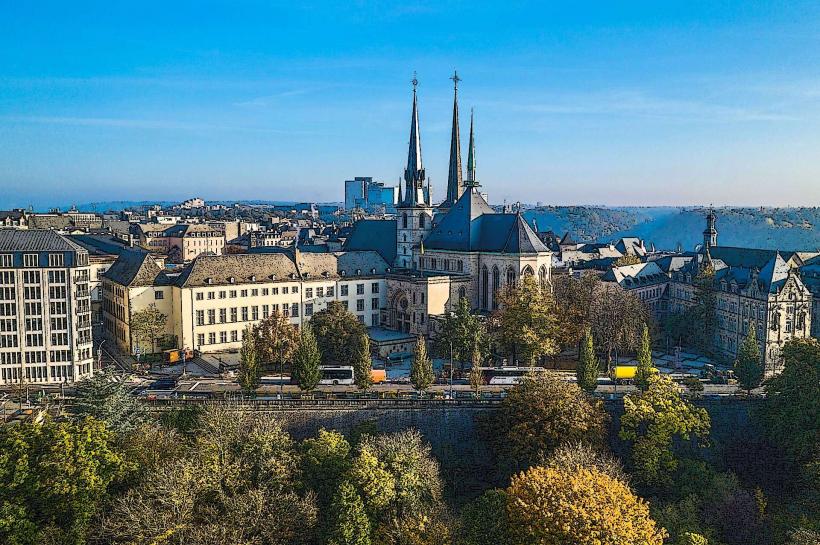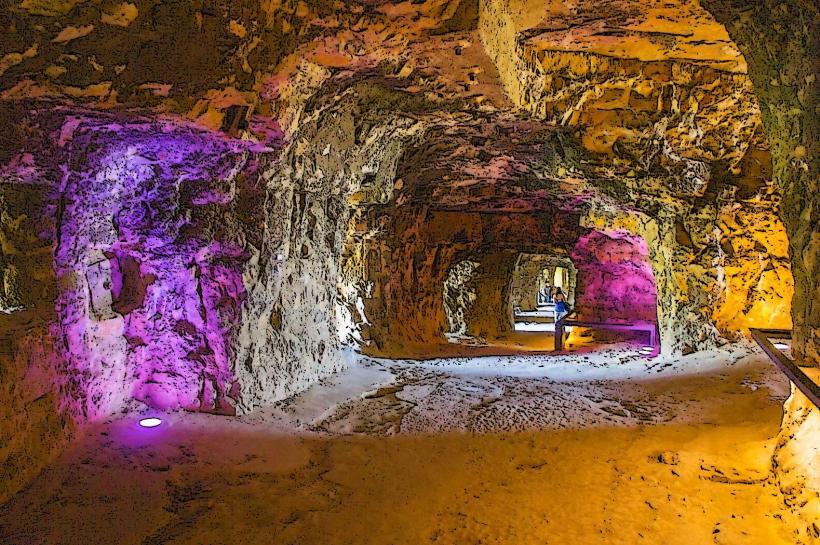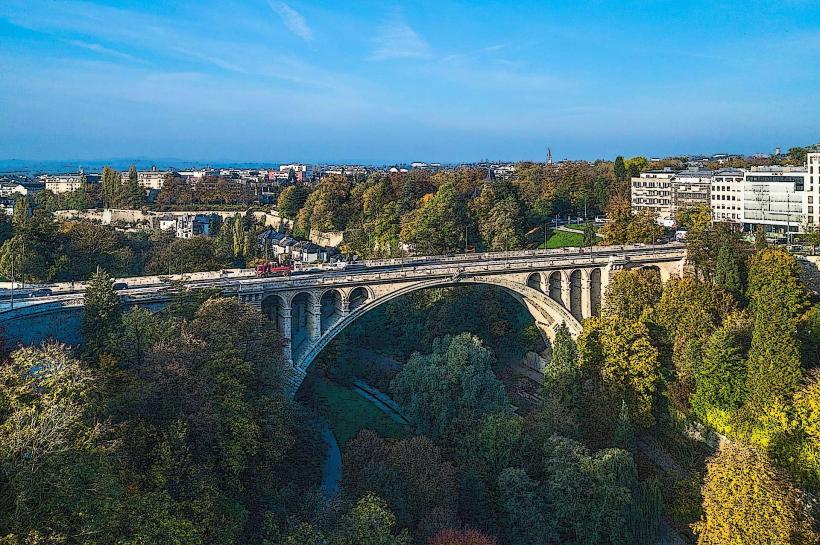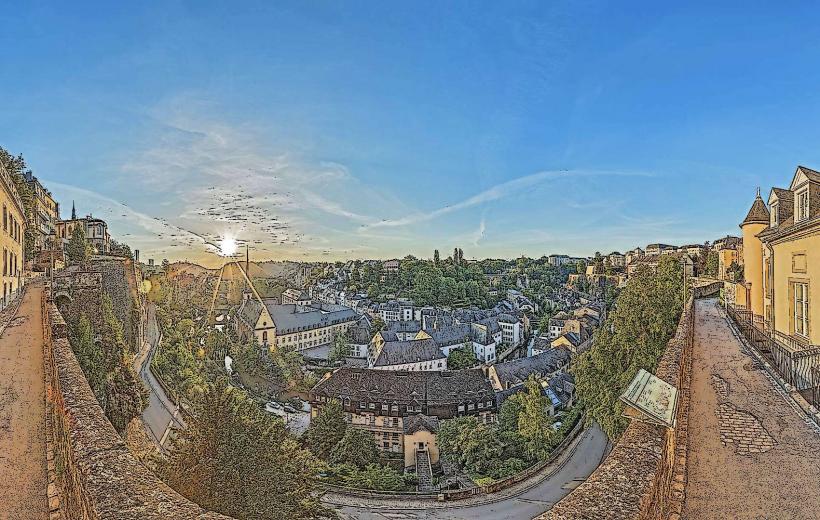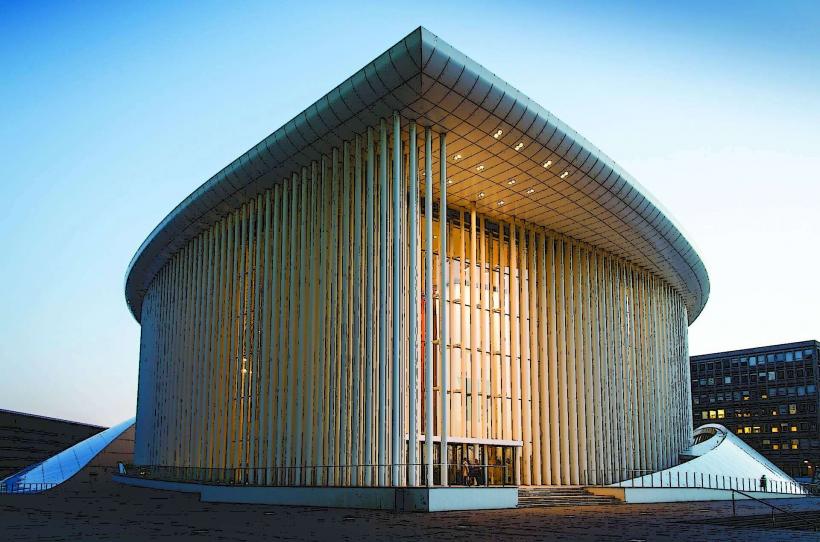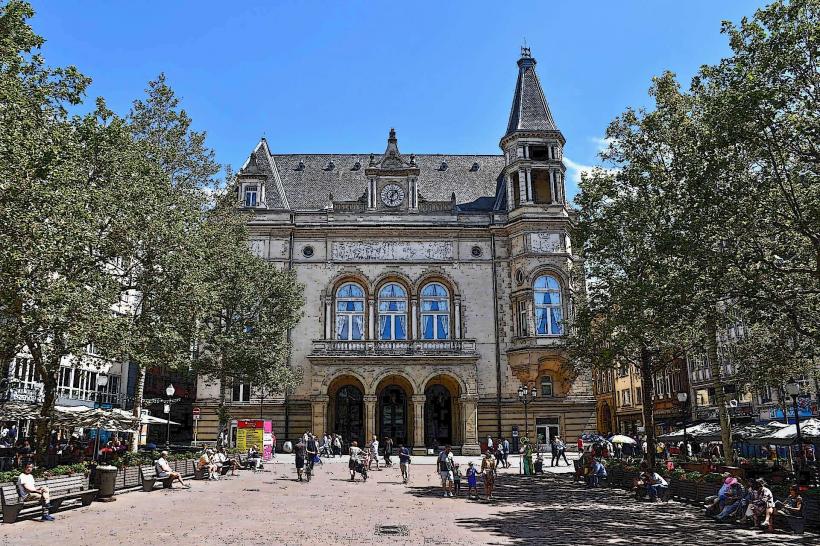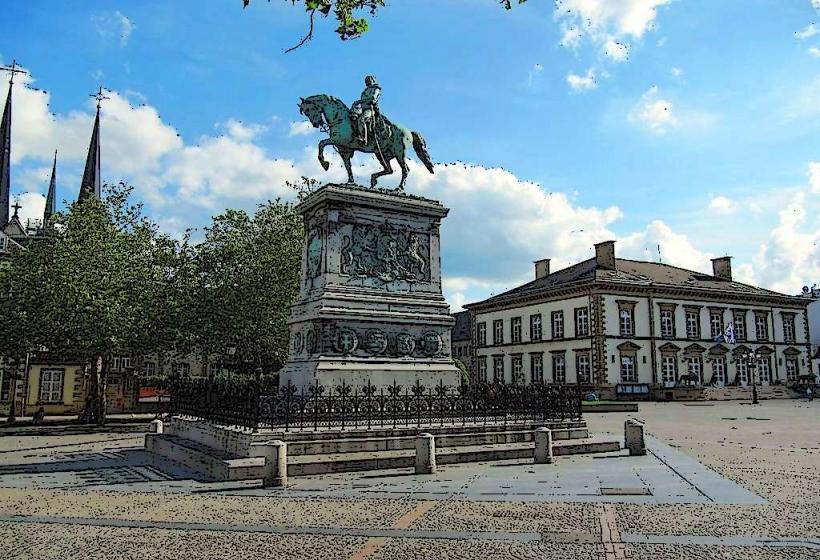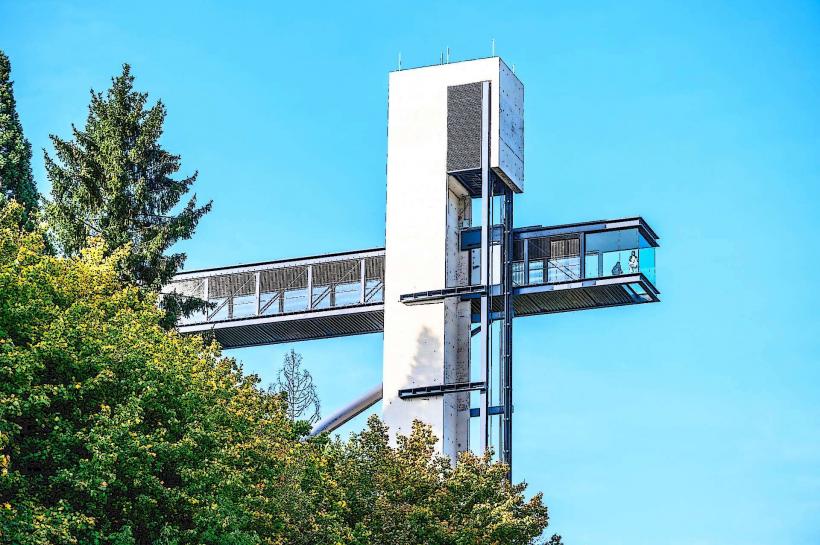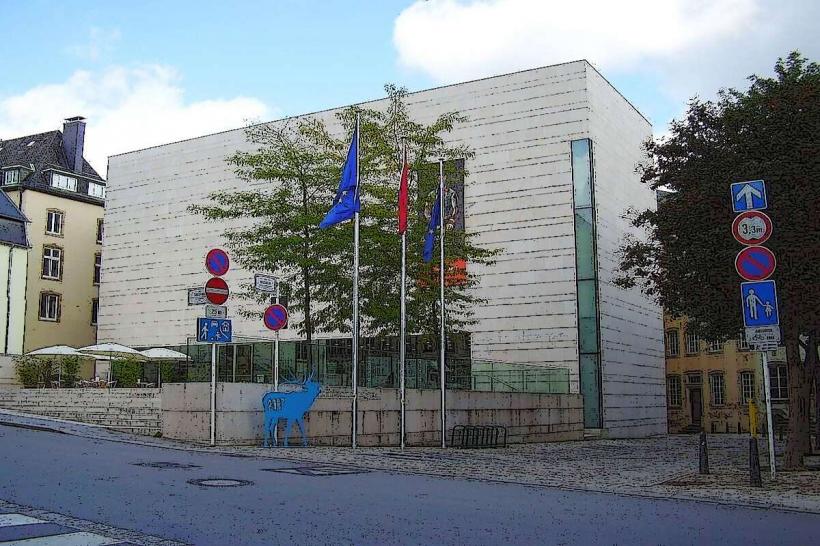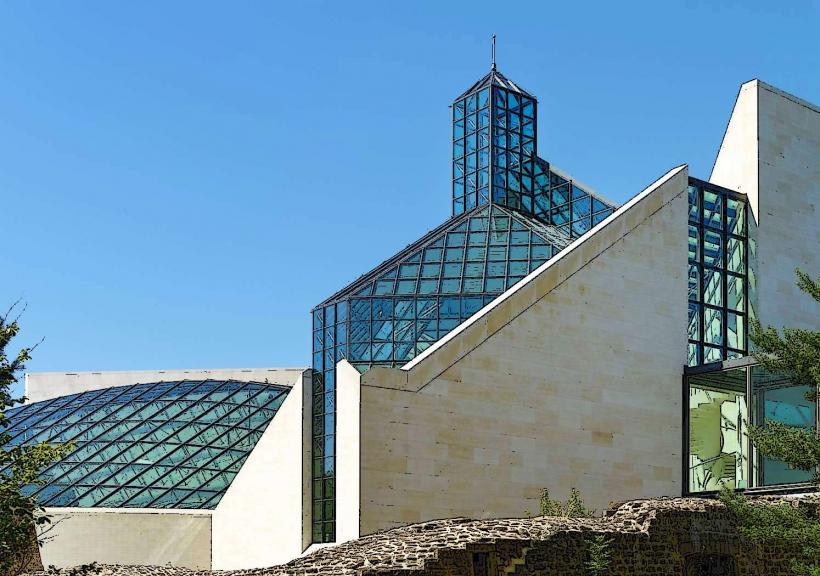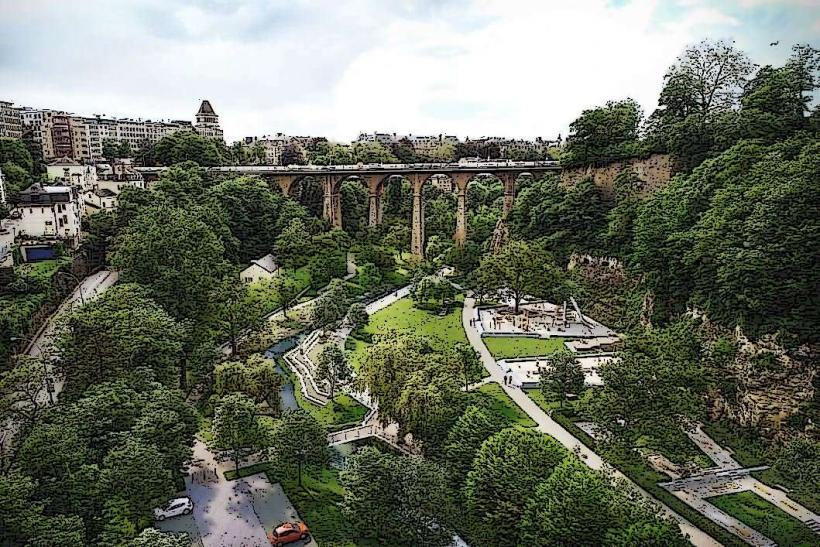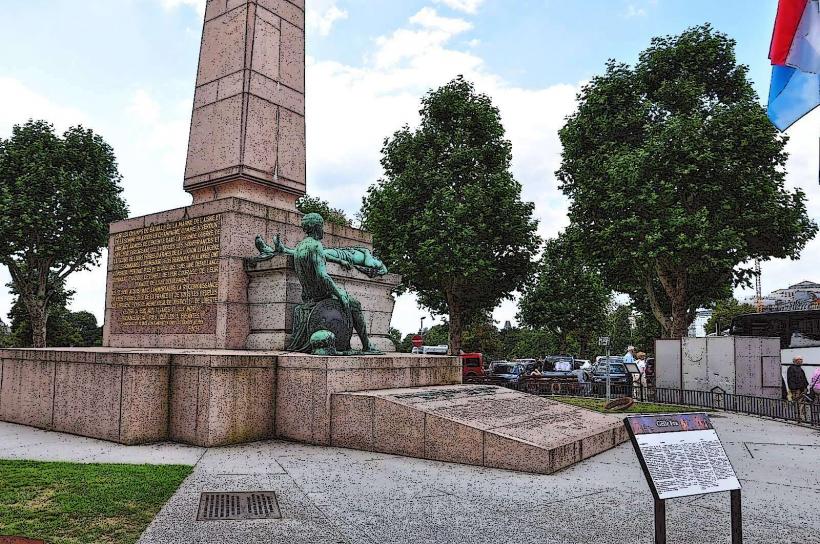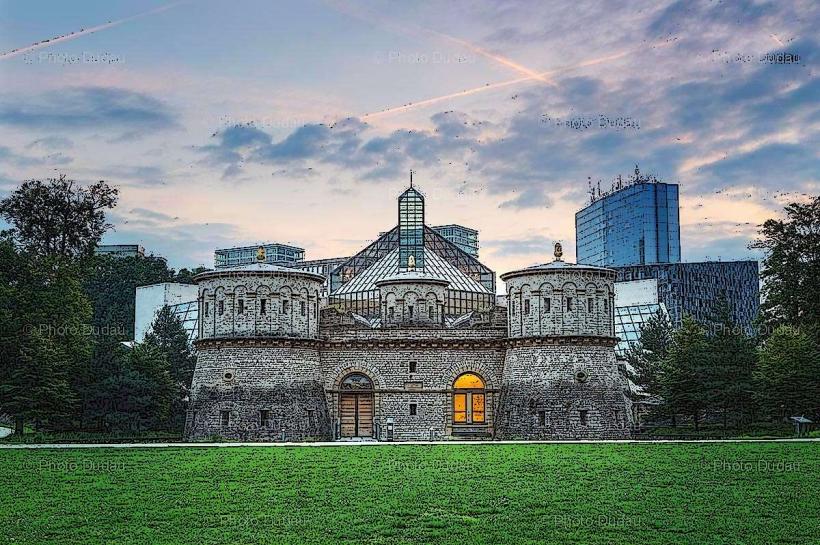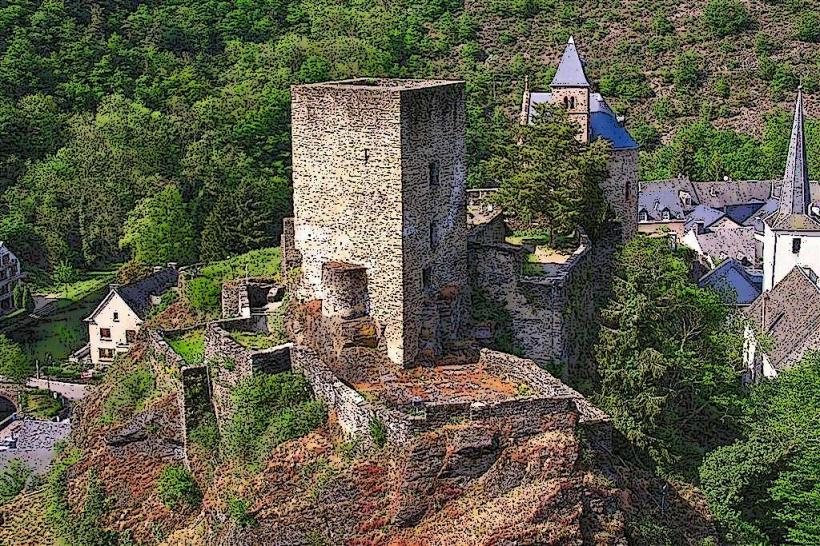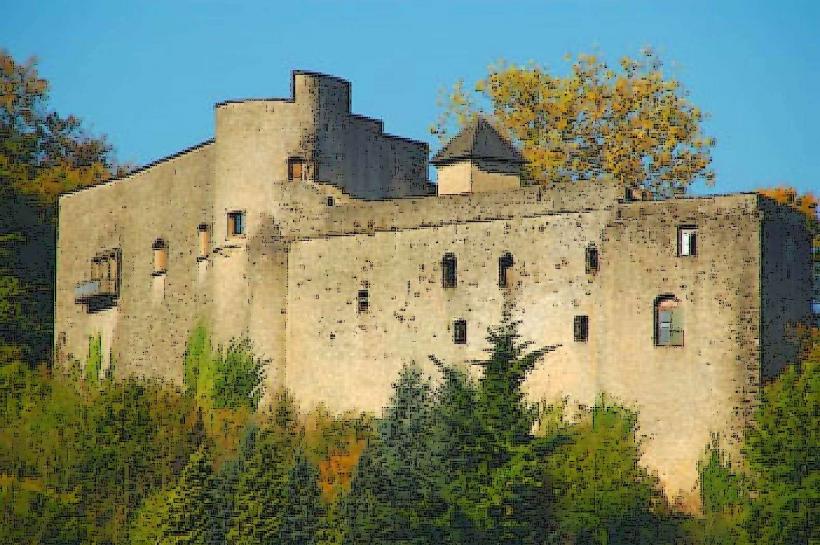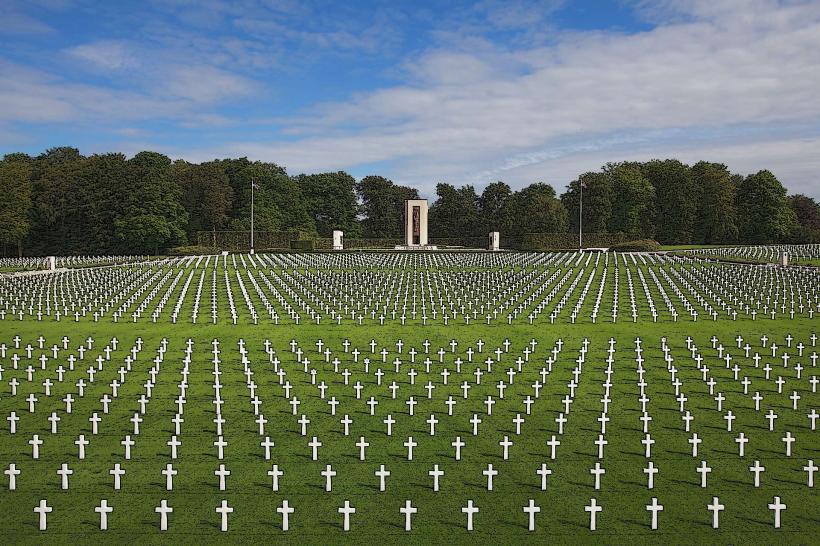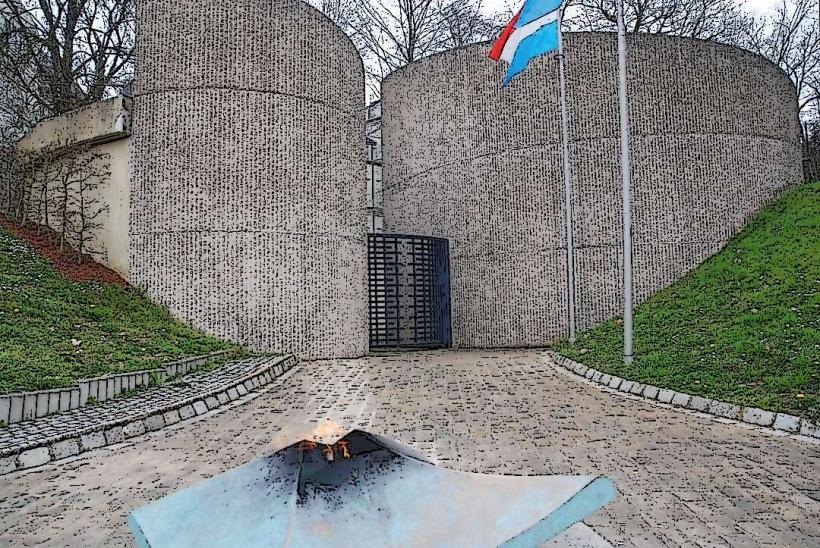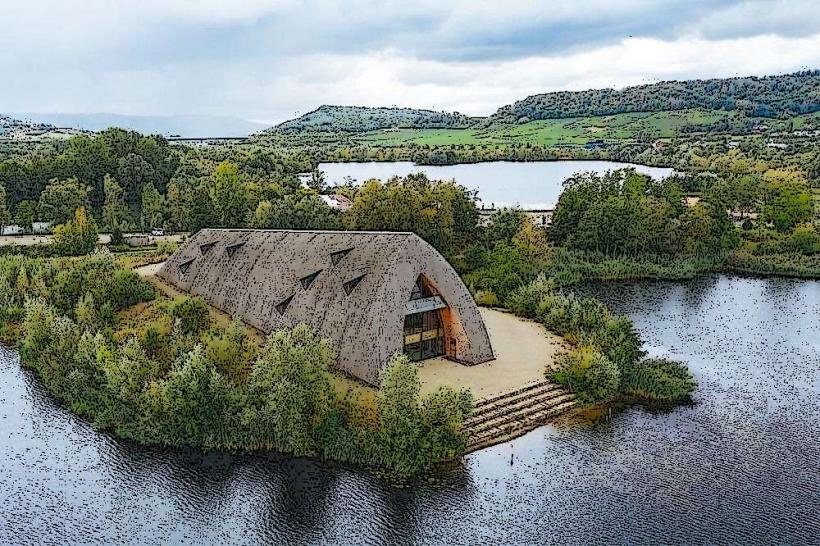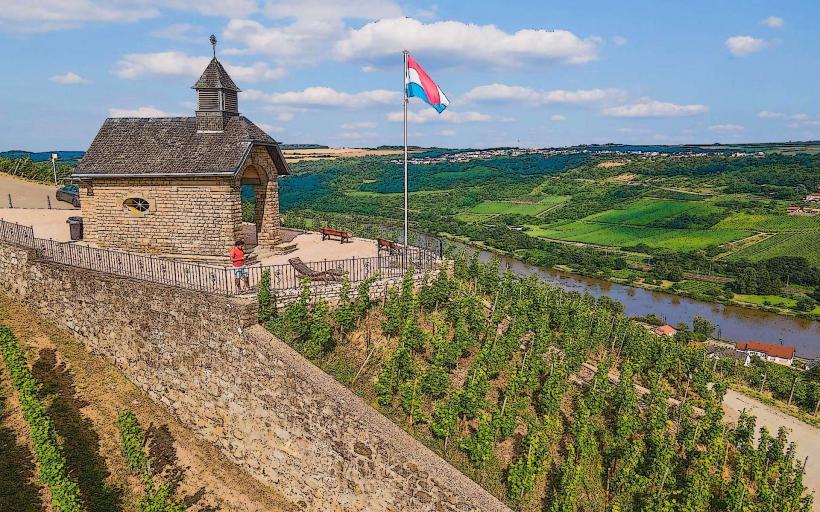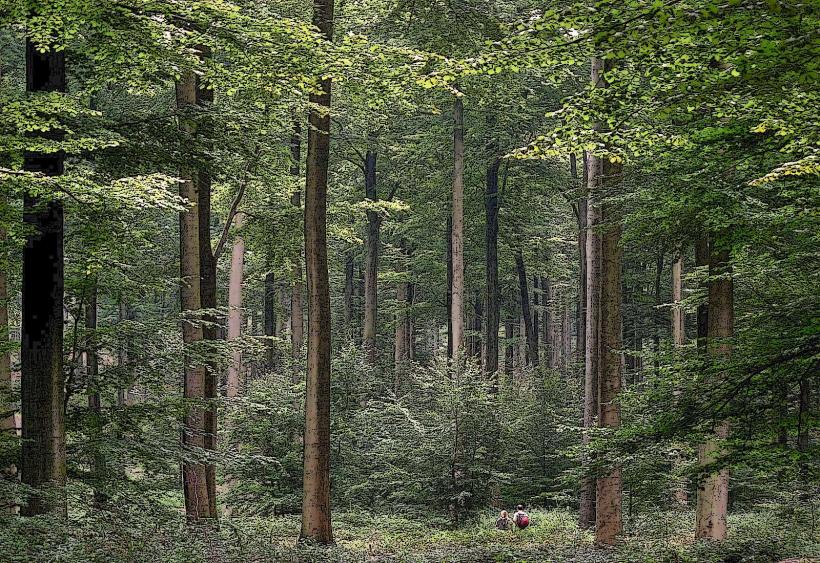Information
Landmark: Luxembourg City History MuseumCity: Luxembourg City
Country: Luxembourg
Continent: Europe
Luxembourg City History Museum (Musée d’Histoire de la Ville de Luxembourg): A Detailed Overview
The Luxembourg City History Museum (Musée d’Histoire de la Ville de Luxembourg, or MHVL) offers an in-depth look at the city’s past, from its founding to the modern-day. Situated in the heart of Luxembourg City, the museum combines historical artifacts, interactive exhibits, and architectural preservation to tell the story of the city’s political, cultural, and social evolution. The museum provides visitors with a comprehensive understanding of the city’s role in European history, from its early days as a fortress to its development into a modern European capital.
Location and Setting
- Location: The Luxembourg City History Museum is located in the Ville Haute district, near several other key historical and cultural landmarks, including the Grand Ducal Palace, the Notre-Dame Cathedral, and Place Guillaume II. Its central location makes it easily accessible for both locals and visitors exploring the heart of Luxembourg City.
- Building and Architecture: The museum itself is housed in a series of historical buildings, each with its own significance. The main building is a beautifully restored 17th-century house, while additional sections have been integrated into the museum over the years. The museum’s architecture is a reflection of the city’s diverse architectural heritage, with elements from Gothic, Renaissance, and modern periods.
History and Development
- Founding: The museum was established in 1996 to document and preserve the rich history of Luxembourg City. The creation of the museum was aimed at providing both locals and tourists with a deeper understanding of the city’s historical significance and its cultural evolution over the centuries.
- Expansion and Renovation: The museum expanded significantly after its initial opening, incorporating more buildings and adding new exhibition spaces. The renovation of historical buildings was a key aspect of the museum's development, ensuring that the museum not only showcases the city’s history but also preserves the historic architecture that tells that story.
- Architectural Design: The museum’s architecture itself is an important part of the experience, with a combination of restored historic interiors and modern design elements. The buildings have been carefully preserved to reflect the architectural evolution of Luxembourg City, while new spaces are designed to be adaptable for contemporary exhibitions.
Exhibitions and Collections
The Luxembourg City History Museum focuses on the urban development and historical transformation of Luxembourg City. It explores the city’s past through a series of permanent exhibitions and temporary displays that cover various aspects of the city’s cultural, social, and political history.
Permanent Exhibitions:
- Early History: The museum’s permanent collections begin with the founding of Luxembourg City in the 10th century, with a focus on its origins as a fortress and its role in medieval defense. Artifacts from the early years of the city’s history help visitors understand how Luxembourg evolved from a strategic military stronghold to a town.
- Medieval Luxembourg: The museum delves into the development of Luxembourg City in the Middle Ages, exploring the significance of the Bock Casemates and the city’s importance as a trading and political center. There are detailed exhibits on fortifications, castles, and architecture from this period.
- Early Modern Era: Moving into the Renaissance and Baroque periods, the museum showcases how Luxembourg City became a hub for art, architecture, and European diplomacy. Visitors can see items related to the Spanish Netherlands and the influence of the Habsburg dynasty on the region.
- 19th and 20th Centuries: The museum’s exhibition of more recent history looks at Luxembourg’s role in the industrial revolution, its strategic importance during the World Wars, and its transformation into the modern capital of the Grand Duchy of Luxembourg. The city’s evolution into a key financial and political center is also explored.
Temporary Exhibitions:
- In addition to the permanent displays, the museum regularly hosts temporary exhibitions that focus on specific themes, figures, or periods in Luxembourg's history. These exhibitions often feature historical photographs, personal stories, and rare artifacts that offer additional context to the city’s history.
- Examples of past temporary exhibitions have focused on Luxembourg’s involvement in the two World Wars, local architecture, the city’s cultural heritage, and the evolution of Luxembourg’s social and political life.
Multimedia and Interactive Displays:
- The museum employs interactive technologies and multimedia displays to help visitors engage with the exhibits. Digital installations, touchscreens, and historical films allow visitors to better understand the significance of various artifacts and historical events.
- Virtual reconstructions of the city’s old fortifications and historical landmarks are also featured, giving visitors a sense of how the city looked in different historical periods.
Special Highlights
- The Bock Casemates Model: One of the key highlights of the museum is a detailed model of the Bock Casemates, which were essential to Luxembourg City’s history as a fortified stronghold. This model helps visitors visualize the complex network of tunnels and fortifications that played a major role in the city’s defense.
- Panoramic Views: Some parts of the museum provide panoramic views of the city, offering visitors a chance to see how the urban landscape has evolved over time.
- Historical Documents and Artifacts: The museum houses an extensive collection of historical documents, including maps, blueprints, and personal letters that shed light on the development of Luxembourg City over the centuries. The artifacts on display are carefully curated to represent different periods in the city’s history.
Visitor Experience
- Architectural Exploration: The museum is located in a complex of historically significant buildings, and visitors can explore the architecture as part of their experience. The narrow alleys, charming courtyards, and restored rooms within the museum offer an immersive experience of the city’s history.
- Educational Programs: The museum offers a range of educational programs, including guided tours, workshops, and lectures. These programs are designed to engage visitors of all ages, providing a deeper understanding of the city’s history and heritage.
- Family-Friendly: The museum is also designed to be accessible for families, with interactive displays and child-friendly activities that encourage younger visitors to learn about Luxembourg City’s past in a fun and engaging way.
- Museum Shop and Café: The museum has a gift shop where visitors can purchase books, souvenirs, and replicas related to the city’s history. There is also a café offering a space to relax after exploring the exhibits.
Practical Information for Visitors
- Opening Hours: The Luxembourg City History Museum is generally open Tuesday to Sunday, with specific hours. It may be closed on Mondays and certain public holidays.
- Admission: The museum typically charges an entrance fee, with discounts for students, seniors, and groups. Admission is often free for children under a certain age, and residents of Luxembourg may enjoy discounted or free entry.
- Location: The museum is located at 14, Rue du St-Esprit, Luxembourg City, making it easily accessible by foot from other key attractions in the city center.
- Getting There: The museum is well-connected to public transport, including buses and trams, and there are parking facilities nearby for those arriving by car.
In Summary
The Luxembourg City History Museum is an essential destination for anyone interested in understanding the city’s fascinating evolution over the centuries. Its combination of historical artifacts, interactive exhibits, and architectural preservation offers a comprehensive and engaging way to explore Luxembourg City’s past. Whether you’re a history enthusiast, a local resident, or a first-time visitor, the museum provides a rich and educational experience that reveals the stories behind one of Europe’s most unique cities.


